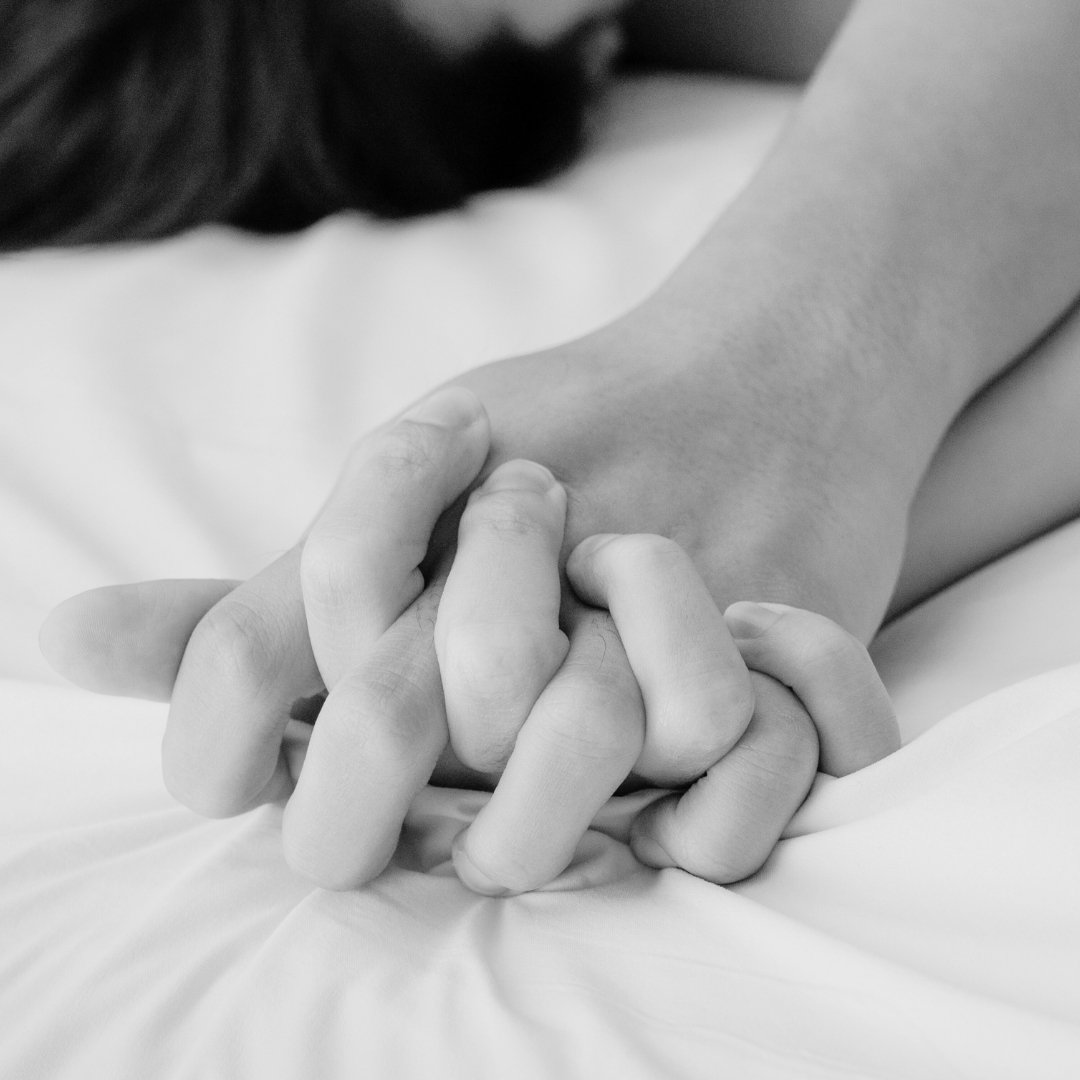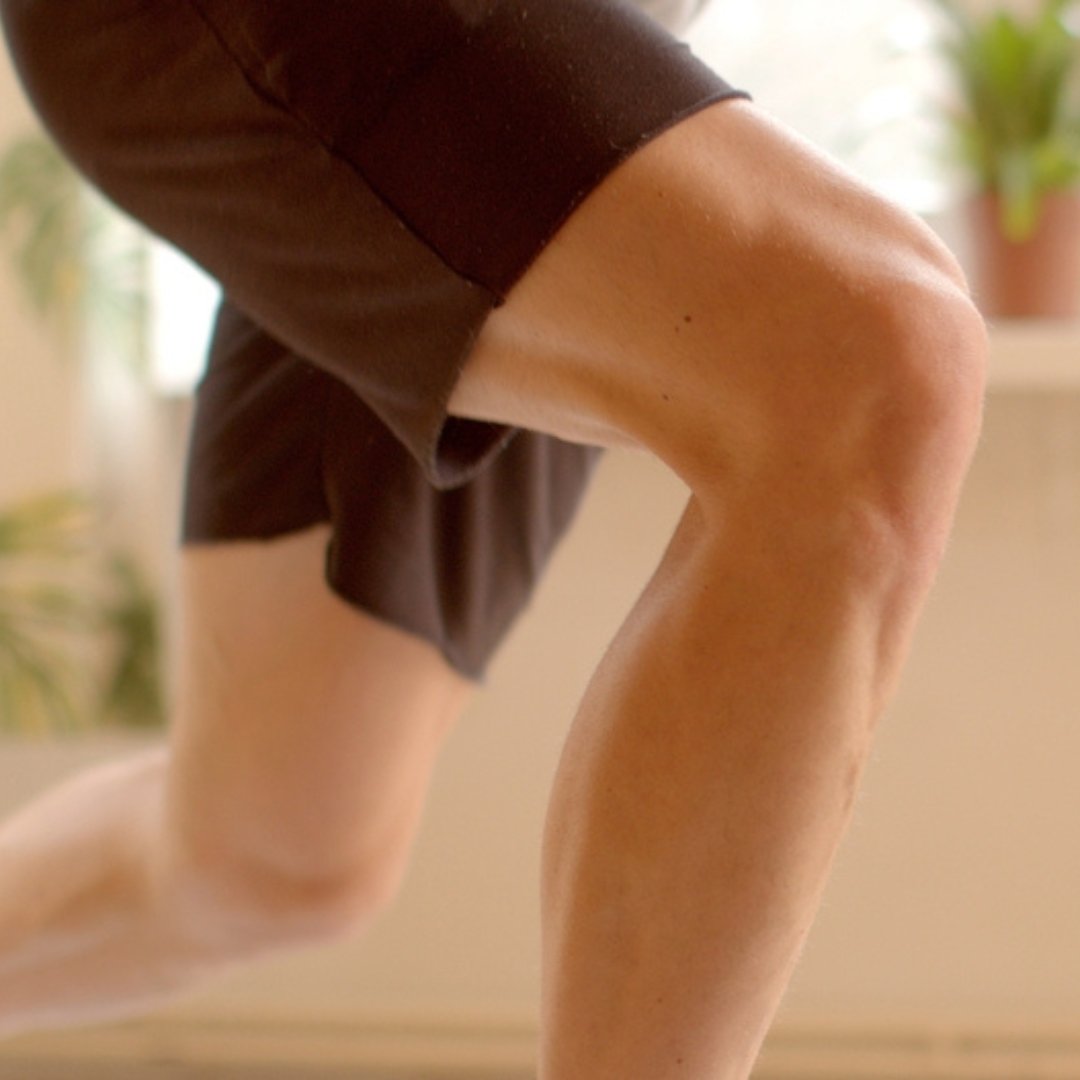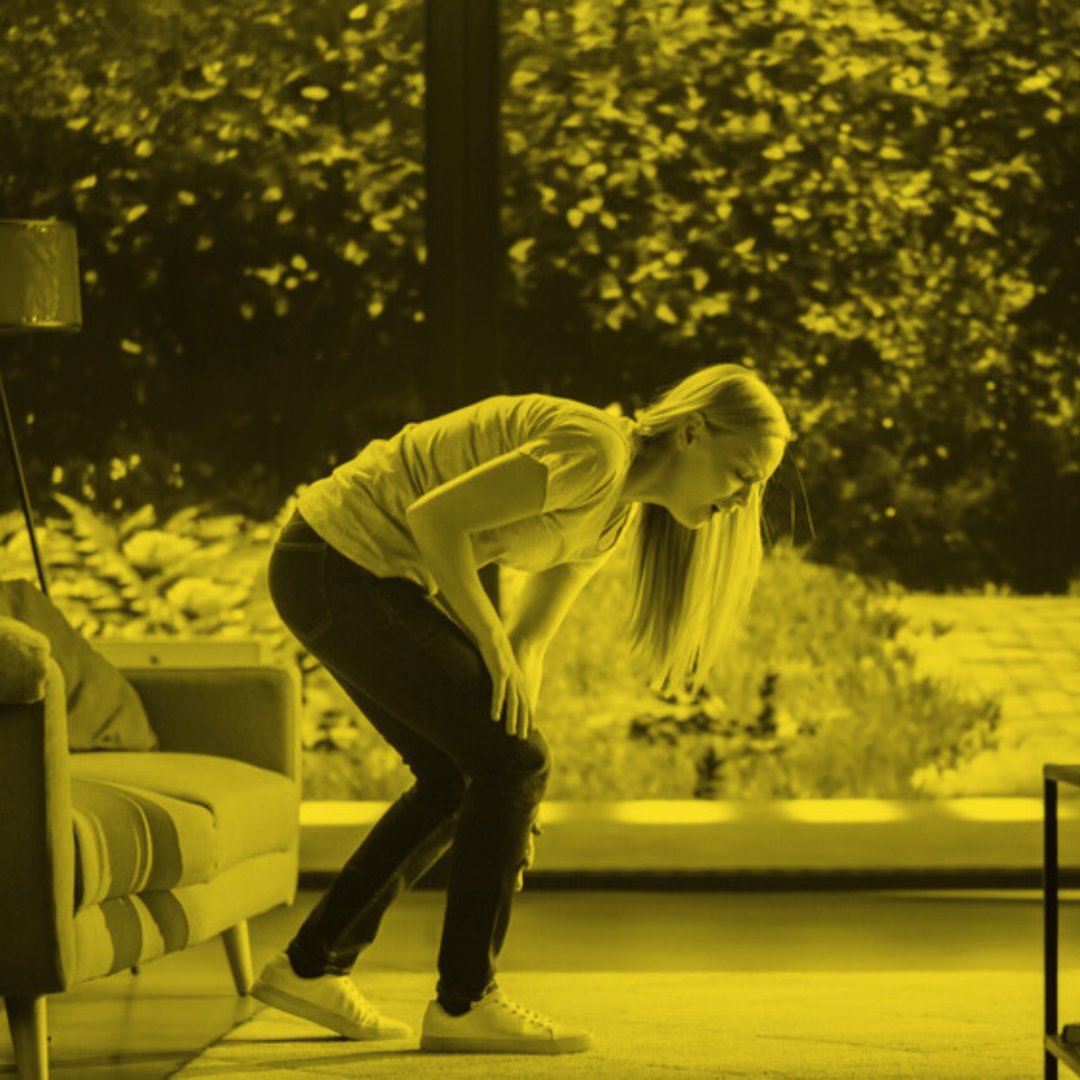
How Soon Should You Go Back to Driving After Knee Replacement Surgery?
Driving after knee replacement surgery? Learn when it’s safe to return to the road and how to manage stiffness, pedal control, and long-drive comfort.
I love it when people tell me they’re staying active by dancing. Whether it’s ballroom, line dancing, Zumba, or a spontaneous kitchen shuffle, dancing lifts the spirit and gets the body moving. But as a physical therapist, I also know this: dancing might feel like a celebration, but your knees don’t always get the invite. Dance can be surprisingly demanding on knee health, especially if you're managing chronic pain, recovering from injury, or rebuilding strength after total knee replacement surgery. And while it’s absolutely possible to dance safely, not all moves are created equal.
Let’s be real: dancing is wonderful. It’s social, joyful, and an excellent way to improve balance, cardiovascular health, and coordination. For many people, it’s the one form of movement they’ll stick with. But depending on the type of dance and your current knee health, it can either help or hurt.
Certain styles like hip hop, tap, or Latin dances include fast footwork, abrupt pivots, and deep knee bends. These moves create repetitive stress on the knee joint. Over time, or in a single unlucky moment, that can lead to inflammation, cartilage wear, or even ligament strain.
Other forms, like ballroom or slow line dancing, are gentler. But even slow dancing can become painful if your alignment is off or your footwear lacks support. That’s why technique and preparation matter just as much as the rhythm.
When you dance, your knees act as shock absorbers. They’re responsible for managing force as you land from a jump, twist through a turn, or transition from one movement to the next. If the muscles around the joint, especially your quadriceps, hamstrings, glutes, and calves, aren’t strong enough, your knees end up doing more work than they should.

And here’s the kicker: dancing often happens on hard surfaces like wood or tile. Add improper shoes into the mix and you’ve got a perfect storm for knee strain.
I’ve seen so many people come in saying, “It’s just a little soreness,” only for it to turn into swelling, instability, or pain that keeps them off the dance floor entirely. That’s not something you want to push through without knowing what’s going on underneath.
Not all knee pain is dramatic. Sometimes the signs are subtle, like stiffness the morning after a dance class or a lingering ache on the inside of your knee. But over time, even small symptoms can be your body’s way of waving a red flag.
Here are a few clues that your knees may be asking for a timeout:
If any of these sound familiar, it doesn’t mean you have to stop dancing altogether. But it does mean it’s time to take a closer look at your knee health and how your movements might be contributing to your discomfort.
The good news? You can absolutely dance and support your knees at the same time. The key is to approach it like training, not just recreation. You wouldn’t run a marathon without stretching or strengthening first. Dancing deserves the same respect.

Start with these PT-approved tips:
If dancing used to bring you joy and now it only brings pain, that’s more than frustrating. It’s a sign your knees may need more support than basic exercise alone can provide.
Persistent knee pain despite your best efforts can be discouraging, but it’s also a cue to explore targeted solutions. Whether it’s through guided therapy, strengthening exercises, or programs designed to reduce stiffness and swelling, there are ways to get you moving comfortably again. And if you’re feeling unsure about returning to activities like dancing, know that you're not alone and there are options to help you rebuild confidence and mobility.
You don’t need to quit dancing. But you do need to listen to your knees and support them like they support you. Movement is medicine, but only when it’s done with the right prep, strength, and alignment.
If your knees are holding you back or you’re unsure if your current activity is doing more harm than good, it’s time to take action. A proper knee health assessment or movement screening can give you clear answers and personalized direction. Good luck on your knee journey!
Good knees start here. Don’t miss a step—subscribe to KneeMail for free tips from knee expert Shehla Rooney, PT!

Driving after knee replacement surgery? Learn when it’s safe to return to the road and how to manage stiffness, pedal control, and long-drive comfort.

Protect your knee health with lifestyle tips, exercises, and therapies that help prevent degeneration and support long-term joint comfort.

Sex after knee replacement surgery is safe with the right timing, tips, and support. Learn how to return to intimacy with confidence.

Learn how neuromuscular training improves knee stability, balance, and proprioception to support joint health and prevent injuries.

Learn why knee stiffness isn’t only caused by aging and discover strategies to ease pain, improve mobility, and support long-term knee health.